
Hiking with your dog- it can be a bitch
So you want to hike with your dog. That’s great! Most of the time they’re great hiking buddies. Some of the their top hiking qualities include, but are not limited to: they generally get you to hike faster if you’re trying to keep up with them, they don’t say much, can often keep critters away, and of course, they’re always so happy. However, like everything, there can be not so great times and things to consider before making a big trek.
For anyone who has followed the blog from the begining, they may recall some of the challenges faced during our hike – and by our I mean Snorlax, me and Skye (our bitch). While this blog cannot cover everything about hiking with dogs, it’ll at least give some information. Now with this being said, I am not a vet. I am not a psychologist. I’m a lifetime student, dog (well all animals) lover with 10 years of experience working with disabilities, a degree in the health science field and a passion for the outdoors. All information in this blog- or all of the blogs for that matter- should be taken with a grain of salt. Also recommended is to take with some lime, and occassionally tequila. I prefer Patrón, not patron- although all patrons are welcome here.
With that, lets get on to my dog hiking tips:
1. Know your dog. And this isn’t just A/S/L. What’s it’s favorite thing to do? What is it’s least favorite thing? Bathroom habits. Likes/dislikes. Biggest fear. Motivators. Routines. Social behaviors. Body language. It sounds like a lot, but knowing this stuff will help you and your hiking buddies excel.

Example: We knew Skye didn’t like thunderstorms. Dogs can feel the pressure changes in the air before it even starts to rain or thunder. When this happens, Skye starts to shake, her tail goes under her butt and she tries to find a place to take cover. While taking a break near a parking lot on a nice, warm summer day, Skye started to shake. I knew then that we needed to pack up quick and get going. I advised everyone that it was going to be a thunderstorm based on Skye’s behvaior and we had to go.
Also, at this same time, there was a car in the parking lot and the owner was about to open the car doors. We tried getting a leash for Skye to keep her secured with us, because we knew she would go to this car first to take cover. We weren’t quick enough. Skye bolted and made it into the front seat of this car before the guy even had the car door fully opened. Not even thinking of what this stranger may be thinking at that time, I cut infront of him to bend down and get Skye out of his car. However, she then went over to the passenger side of the car. At this time, one may have already stopped, said something to the owners and explain the situation. Instead, I said , “Oh, can you unlock the passenger side door so I can get her?”. He did, I picked up my fifty-something pound dog, and started walking back to our friends asking loudly, “Who’s dog is this?”
If, for some reason, that guy whose car that was is reading this, I’m sorry. That was in fact my dog. This happened not because I didn’t know my dog, but because I wasn’t as fast as she was.
Also, fun fact: Those fellow hikers reading this, especially the trail family- you are already aware that Skye doesn’t really care for cars. Probably the main reason why she’s a trail dog. One may ask, why do you care if she likes cars or not? you’re hiking. Sure, but it is nice to take cars from the trail into town. It can also be a challenge trying to find a ride for your whole family, including a dog. A dirty, smelly, shedding dog.
When we shared car rides with others we often make a disclaimer that our dog indeed does not like car rides; therefore she will often move around a lot trying to get comfortable, will then give up and take comfort in whoever she prefers. We do apologize for this inconvenince. Unfortunately due to limited resources, we will not be able to remove the fur blankets that she leaves with you, but she will be glad to pay you back with dog kisses.
2. Adventure with your dog ahead of time. This may be easier for some due to location. While Skye is initially from Alabama, we had an idea that her breed was able to sustain some heat as it can get pretty warm down there. We also knew that at least one of her parents were living in the wild already . Skye was transplanted to Maine where we get all four seasons, including some pretty cold winters. As the each season sprung, so did Skye’s excitement and curiousity. She often appears unaffected by any temperature. By the first year, we figured out that she loved the outdoors just as much as we did. She started going on every adventure with us- canoeing, hiking, outings, car rides. We started figuring what works well with her and what doesn’t. We slowly worked our way up to different, more difficult activities and even tried out a pack. Her demonstrating success during these activites, with a look of ease, helped us determine that she was ready.
: :
3. Check with your veternarian. You know your dog, and you’ve been on adventures together and it’s been fun. You want to bring it to the next level, but want to make sure that it’s okay. We brought Skye to the vet about two times prior to the trip. She went about a year before the trip and we bounced the idea off of the vet- to see what they thought about it before we actually started planning. The vet gave Skye clearance. The vet saw Skye again a few weeks before our trip. Everything looked good, and they updated all the vaccines so that she would be protected from certain illnesses. The vet also knew someone who had done the hike, so she had good information- which will soon lead me to the next tip. But first, before we move on- don’t be afraid to utilize vets along the trail! Trail days does a FREE vet clinic. This vet checked out everything, when we were in Virginia, and give Skye clearance once more. They also recommended some other tips- add baby food to dog food to help with carbs and excitiement for the dog’s food. Also, use hydrocortizone for any chaffing issues that may occur.

4. Work harden. It’s never safe to just jump into anything without prepping. Believe me, I know it can definitely be more exicting that way. However, physically and even sometimes mentally for our bodies it is not ideal. It’s important that if you’re not preparing your body, you’re at least preparing your dog’s. With that being said, Skye isn’t hiking alone- she’s hiking with us. For example, start out with 8 miles, then 10, and so on. If you take a zero, or maybe even two or three zeros- it’s important to start out small the first day back to the trail and work your way up again. Note: It takes a puppy’s bones, to be fully grown, approximately one year. Threrefore, it’s not always good to do big miles with them around this age, because it will affect their bone development.
5. Hike your dog’s hike. If you wanted to hike alone, then you wouldn’t have brought your dog. While you can tell your dog what you’re doing, they generally don’t understand English very well. It’s not fair to bring your dog along and put them into uncomfortable situations for your convenience. This brings it back to one of the first tips- know your dog. You can generally tell if they’re having fun or not, or if they’re tired. With that being said, most dogs like to please their owners and will not always act like something is bothering them. Use common sense, this hike is for everyone, and should be all about the smiles not the miles. If your dog wants to go swimming or take a nap, go swimming or take a nap with them. Don’t be a donkey. Donkeys don’t like dogs- and we learned that on the trail.

6. Know what’s out there and be prepared for the unknown. You’ve read about the rabbits, snakes and bears- oh my. You have gotten your dog vaccinated, it’s tick repellent, and trained to keep from getting into other peoples’ business and natures’ protected and unprocted resources. What you didn’t really think of is all of the farm lands that you may be passing through which have things like cows and goats, and then the donkeys and wild ponies at random shelters. Pay attention to what’s around you and keep an eye on your dog. We are trying to share space with everyone, and let’s not ruin that. If you’re on someone’s property and their pets don’t like your dog- respect that. If there’s an animal that’s curious and wouldn’t harm your dog- embrace that. Let them sniff eachother’s asses or whatever they like to do.

7. Forget the plan, and your great ideas of what’s the best. The plan you should have is simple: safety, survival and fun. So you read that the dehydrated dog food is the best and ultra light. It’s probably also the most expensive and, come to find out, maybe not even very nutritious. Sure, it will do the job and probably be good occassionally but, if you decided to pack only that, you may find that your furry friend is not always as energetic, may have lost weight, and you’ve been wasting time trying to get a specific thing, and now you don’t have much money. I was advised early on from Skye’s vet that if I kept trying to spice up her meals to get her to eat in a timely manner, that I would soon be testing the temperature of her filet mignon. She will not starve, she will eat if she’s really hungry. We were also advised that there’s millions of dollars going into the research of dog food to get the right recipe/ratio of nutrients; therefore it’s not necessary for me to break my back trying to make her all of these crazy concoctions all the time. Our technique: feed her as much as we can if she will eat it and it’s safe (just like human hikers). Puppy food from the local gas station? Ok, that will have to do. Is there cheese here? Peanut butter? What about non additive meats and oils? Great. Every mail drop, we had dog treats for Skye. She often got those anytime that she listened to us (never stop rewarding good behavior) and anytime we took a break. She also got them for dessert, and also for just being so cute… We made some large portion dehyrdrated meals ahead of time that consisted of meat and vegetables- we would share these as a family sometimes. It saved money, weight and gave us extra calories. Best of all? It was made with love and other ingredients that we typically use at home- and can pronounce.
8. Be ready to pick up their slack. This tip ties in with all the other ones, but it’s also a specifically important. If you aren’t ready to carry your dog’s pack, or carry your dog and it’s pack- then you probably aren’t ready. I was at an advantage because Snorlax and I were a team- with Skye as our pack leader on most days. So if, for some reason, it came down to the need to carry Skye and her pack, we could at least divide the weight and take turns. There were times when one of us was not nearby and Skye needed help, therefore you would have to give it your best carrying both until you all found each other. If the dog needs a break, take a break. Carry extra water for not just you, but your dog as well. Share your bed and food with your dog if needed. Work as a team. Most any bad day that I had on the trail was because Skye was having a bad day. 90% of the time she was happy and therefore, I was too.

9. Be sure to have first aid and know how to use it. We were at somewhat of an advantage where my degree is in health science and have been certified in emergency response so I knew how to use a lot of first aid supplies and improvise. As stated previously, hydrocortizone and vaseline are some universal first aid supplies for both humans and dogs. In addition to that, most bandages (gauze or cut some fabric), antihistamines and simple things like bouillon are useful in times of allergic reactions or dehyradtion. Try to have a 24 hour vet number saved in your phone for the times you have questions at weird hours and locations. Skye does have pet insurance through VPI. It covers a lot of emergencies and I feel as though is a nice sense of security.
Skye’s curiousity can get her into trouble sometimes. For example, she decided that the bee that was buzzing around her might be better in her mouth. Surpirse! Probably not the best decision. Luckily her only allergic reaction was some swelling. We immediately gave her some water and antihistamine and called an emergency vet in that area. They advised us of the other signs to watch for and seek care ASAP: discoloration of the gums (pale , blue), laborerd breathing or signs of gasping. They also stated the antihistamine was a good idea, and considering her size, she could have another if no improvement was observed. Very grateful that her reaction was not severe. However, we knew where we had to go and would be willing to carry her if needed.

10. Manners/etiquette. Much of this has already been covered in the previous steps, it’s also common sense- but be polite if you can. Not everyone likes dogs and try to respect that. We don’t need to dive into why they don’t – just be respectful. If your dog isn’t friendly around other dogs or people, is an obnoxious jumper about 90% of the time, and doesn’t listen- it’s probably not fit for the trail. While it’s highly recommended that dogs be on leash through a lot of areas- we all know a leash isn’t fun. Most people don’t mind dogs passing by them off leash while on the trail. Especially if the dog doesn’t jump on them or anything. However, you can usually tell if a person seems fearful of dogs, or that you are in an area that could be harmful for your dog or others and should be on leash. As a dog owner, you need to be alert and situationally aware. There will be the occasional time where you weren’t prepared and a group or an animal is nearby and you’ve lost the attention of your dog. Try to keep calm, be polite, and leash your dog as quickly as you can and until you feel like it’s safe for them to be free again. Also remember, leave no trace is important for all parties involved. Keep off of the apline veg, and If your dog decides to do some of its “doodies” near the trail and you don’t have a way to clean it up- simply do the poop putt, or bury if more appropriate.

I hope this information helped. As mentioned many times before- there’s many things to consider when hiking- alone or with your furry friends. Not all of it is easy to cover in one post. In addition, each furry creature and human are different. Please feel free to reach out if you have any questions, concerns or comments. As always- happy trails and happy tails to you. Life’s ruff. Get a dog.


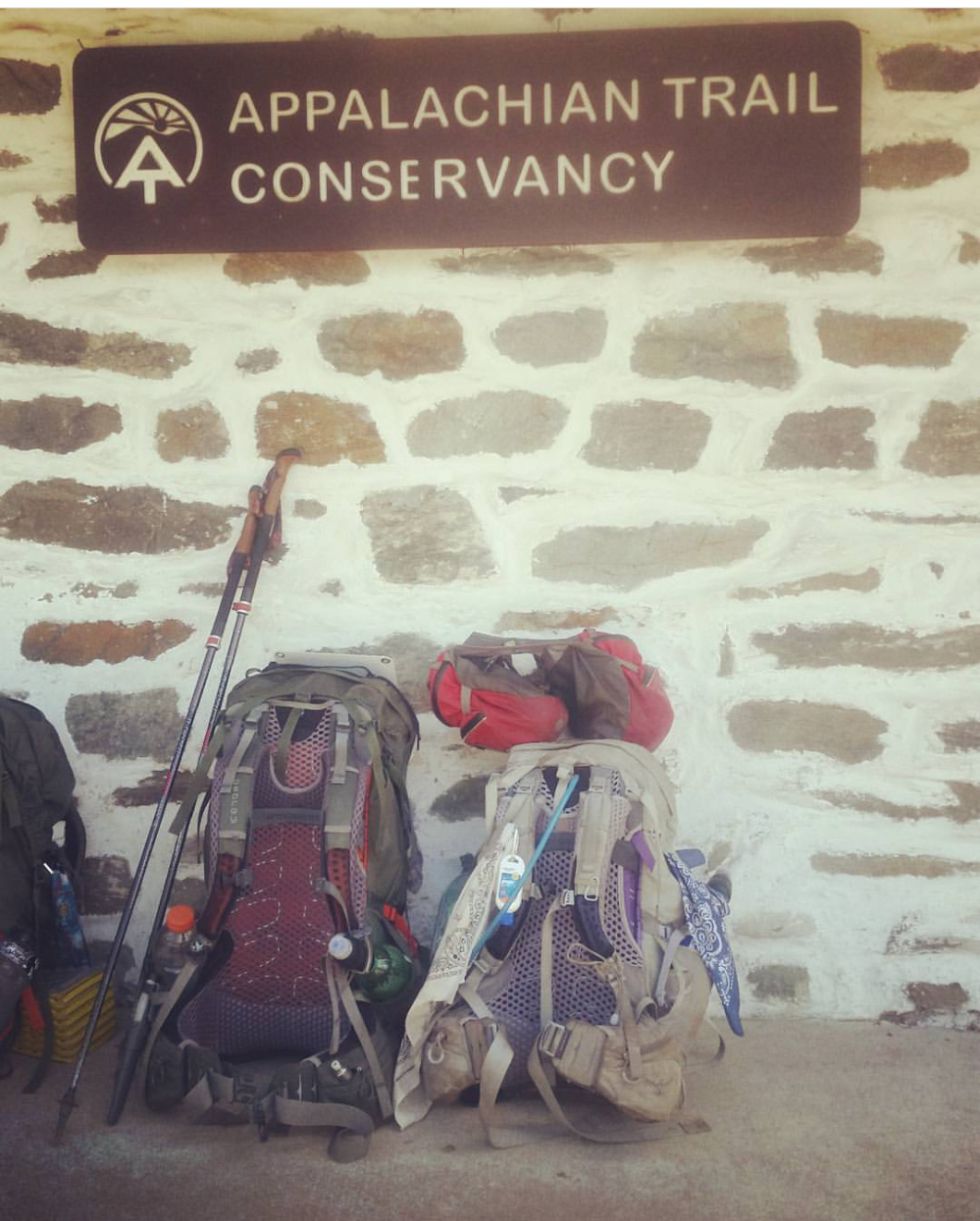







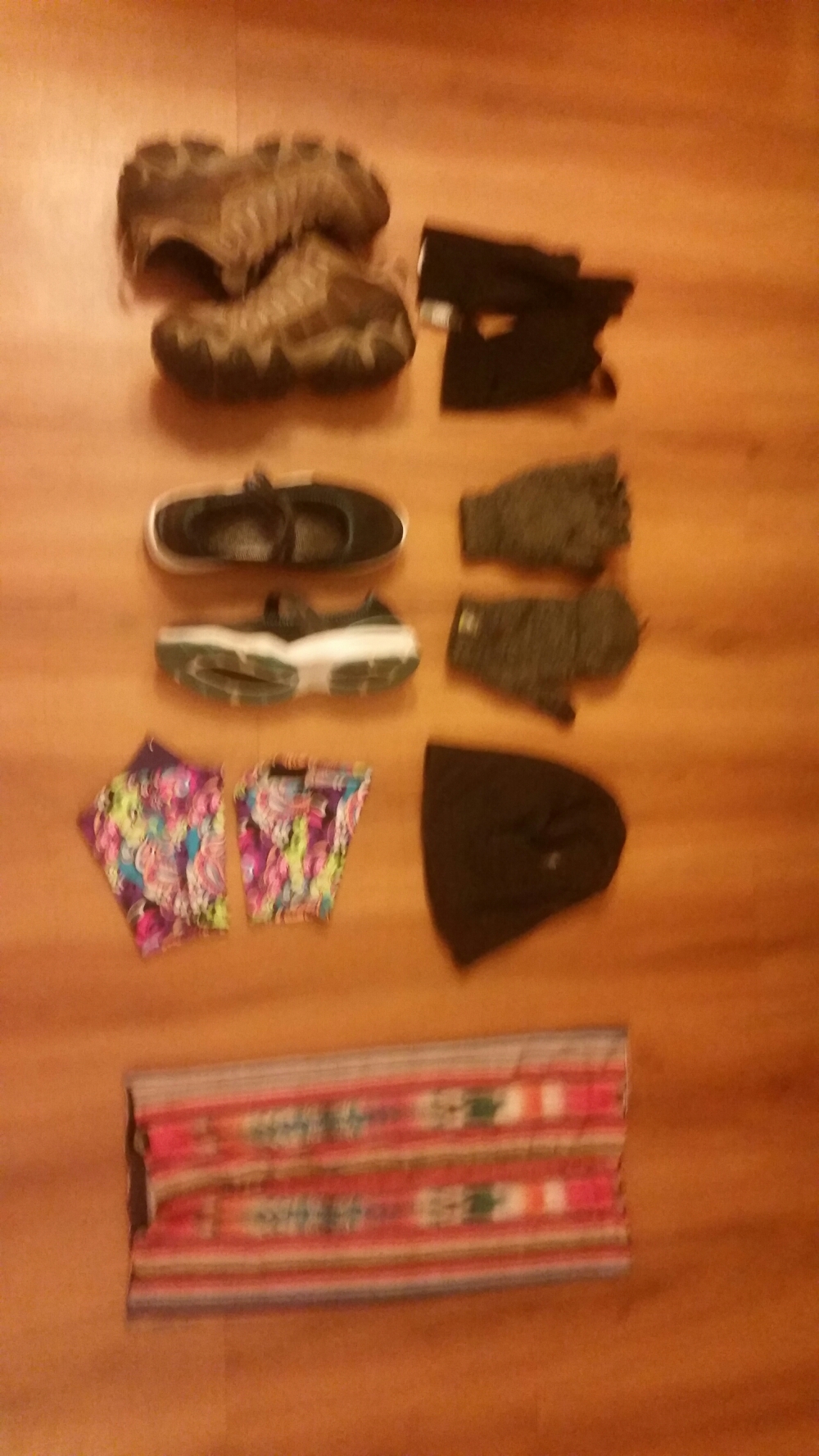
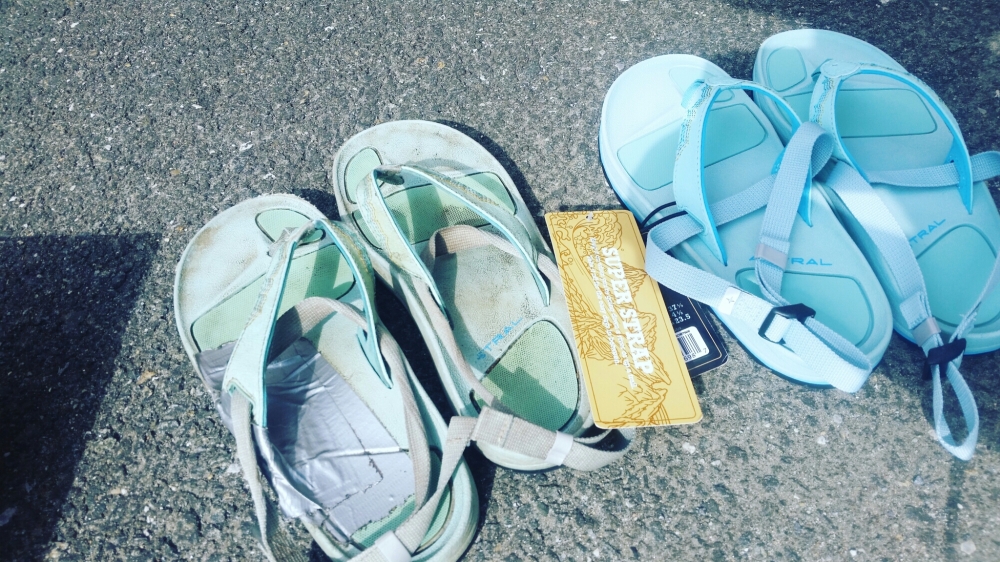


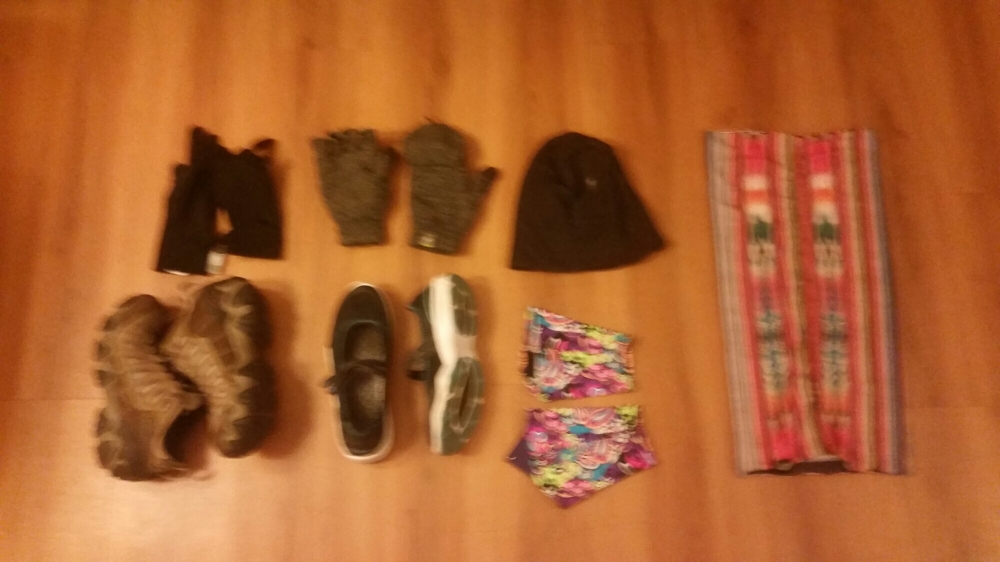
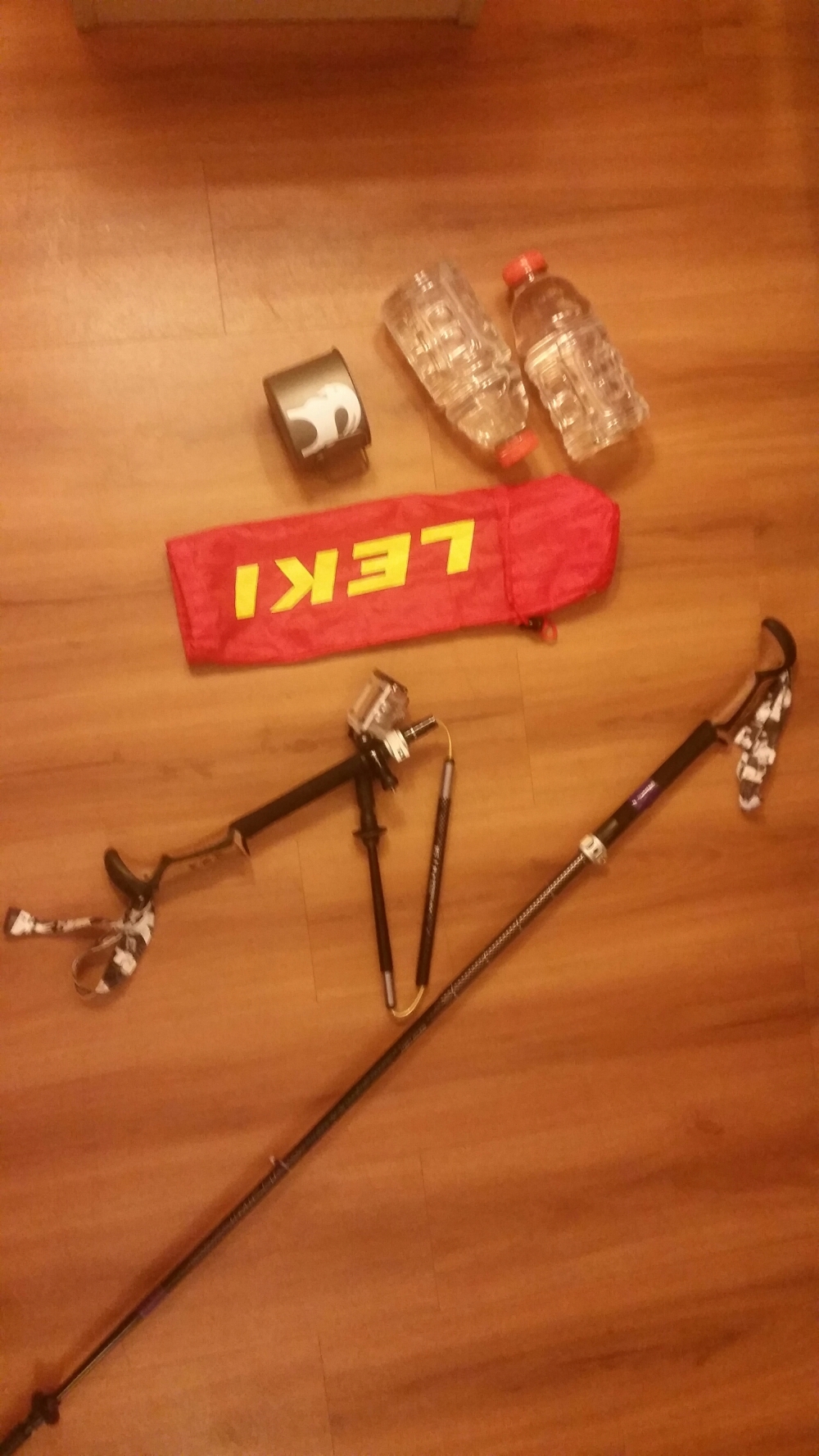








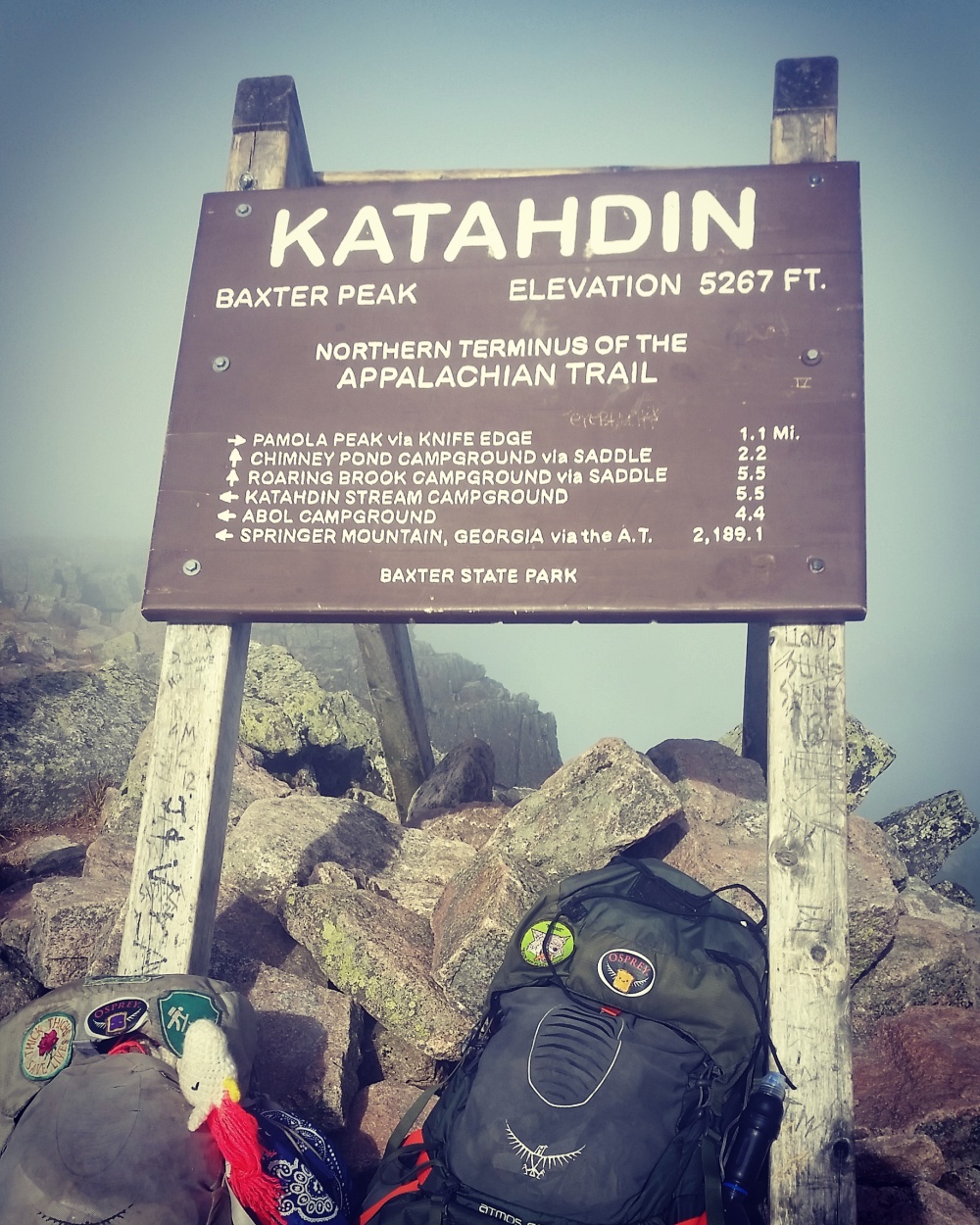

You must be logged in to post a comment.